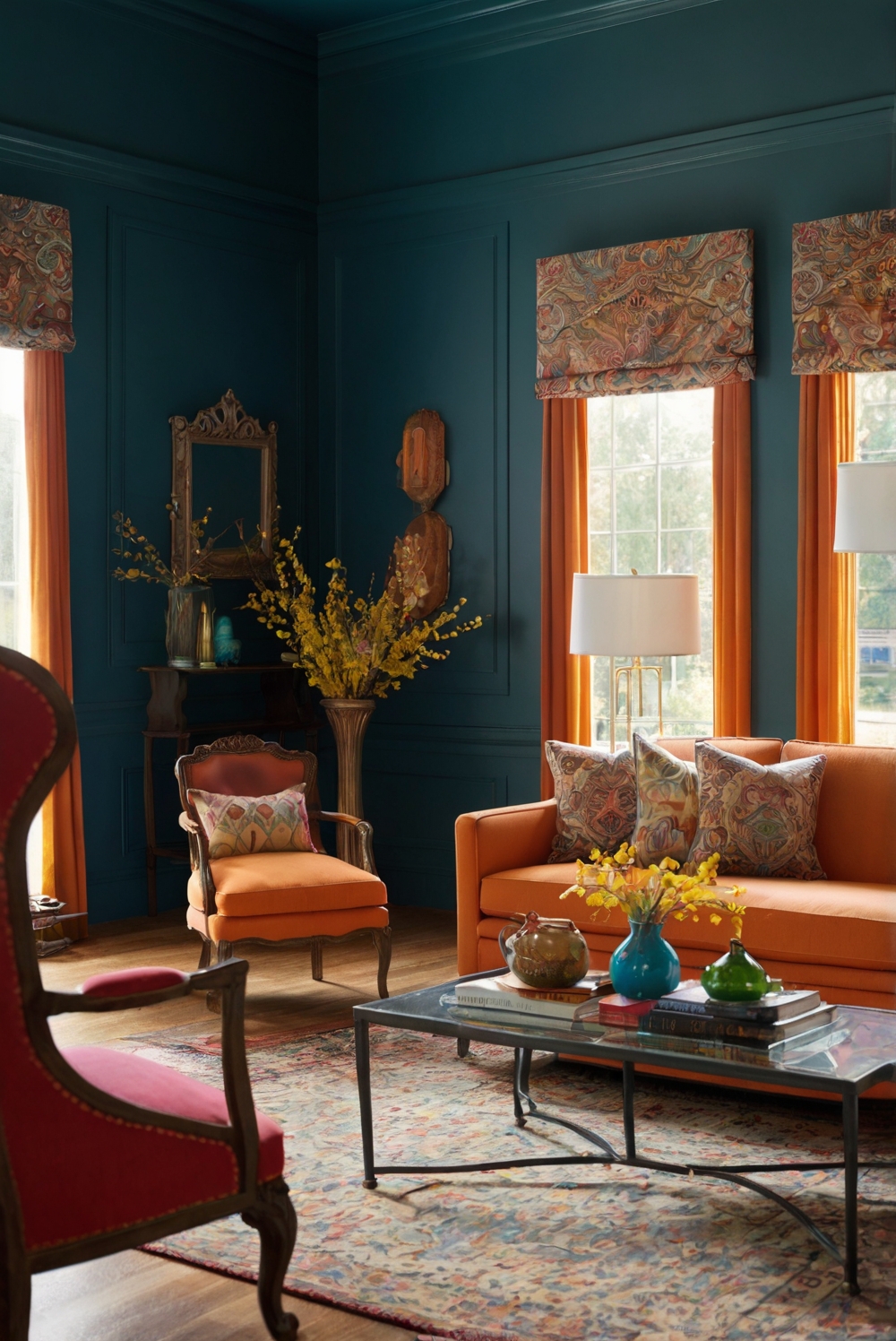Discover how accent colors can elevate your living room’s color scheme. Follow along for daily interior designer routines and decor inspiration.
Which accent colors will enhance your living room color scheme?
Using accent colors to enhance your living room color scheme can add depth and visual interest to your space. Some popular accent colors that work well with various living room color schemes include deep blues, rich greens, warm oranges, and metallic tones like gold or brass. You can introduce accent colors through throw pillows, artwork, rugs, or furniture pieces. However, it’s essential to ensure a cohesive look by balancing the intensity of the accent colors with your primary color palette. Consider using a color wheel to determine complementary or analogous colors for a harmonious result in your home decorating and interior design endeavors.
Which accent colors will enhance your living room color scheme?
Choosing the right accent colors for your living room can truly elevate the overall look and feel of the space. It’s important to consider the existing color scheme of your room and select accent colors that complement it harmoniously. Here are some key factors to keep in mind when selecting accent colors:
1. Consider the Base Color:
The base color of your living room serves as the foundation for choosing accent colors. Whether your walls are painted in a neutral shade like white, beige, or gray, or you have bold colors like navy blue or forest green, understanding the base color will help you determine which accent colors will work best.
2. Harmonize with the Mood:
Consider the mood you want to create in your living room. For a calming and serene atmosphere, opt for soft accent colors like pastel blues, greens, or lavender. If you prefer a more vibrant and energetic space, bold accent colors such as red, yellow, or turquoise can add a pop of excitement.
3. Balance Warm and Cool Tones:
Achieving the right balance between warm and cool tones is crucial in creating a harmonious color scheme. If your living room features warm tones like reds, oranges, or browns, consider adding cool accent colors like blues or greens to balance the palette. Conversely, if your room has cool tones, warm accent colors like yellows or oranges can add warmth and depth.
Creating a Cohesive Color Palette:
To ensure a cohesive and visually appealing color palette in your living room, follow these steps:
1. Use the 60-30-10 Rule:
When incorporating accent colors, follow the 60-30-10 rule to maintain balance. The dominant color should cover 60% of the room (walls, large furniture), the secondary color 30% (upholstery, curtains), and the accent color 10% (accessories, throw pillows).
2. Test Swatches:
Before committing to accent colors, test swatches on the walls or furniture to see how they interact with the base color. Natural and artificial light can affect how colors appear, so it’s important to assess them in different lighting conditions.
By carefully selecting accent colors that complement your living room’s color scheme, you can create a visually stunning and harmonious space that reflects your personal style and enhances the overall ambiance of the room.

